The Great Bear Sea
COMMUNITIES
Many First Nations settlements along the coastal shores of the Great Bear Sea date back thousands of years. Today, there are 64 communities living next to this sea, half of which are First Nation communities. These waters are central to the cultures and economies of these communities, providing them with food, jobs, recreation, transport corridors, and many more benefits.

Haida Gwaii Communities
Haida Gwaii has been home to the Haida people since a time before memory and will continue to be for generations to come. About half of the archipelago’s population of 4,400 is of Haida descent. The islands’ main communities are Masset, Old Massett, Port Clements, Daajing Giids (Queen Charlotte City), Sandspit, Skidegate, and Tlell.

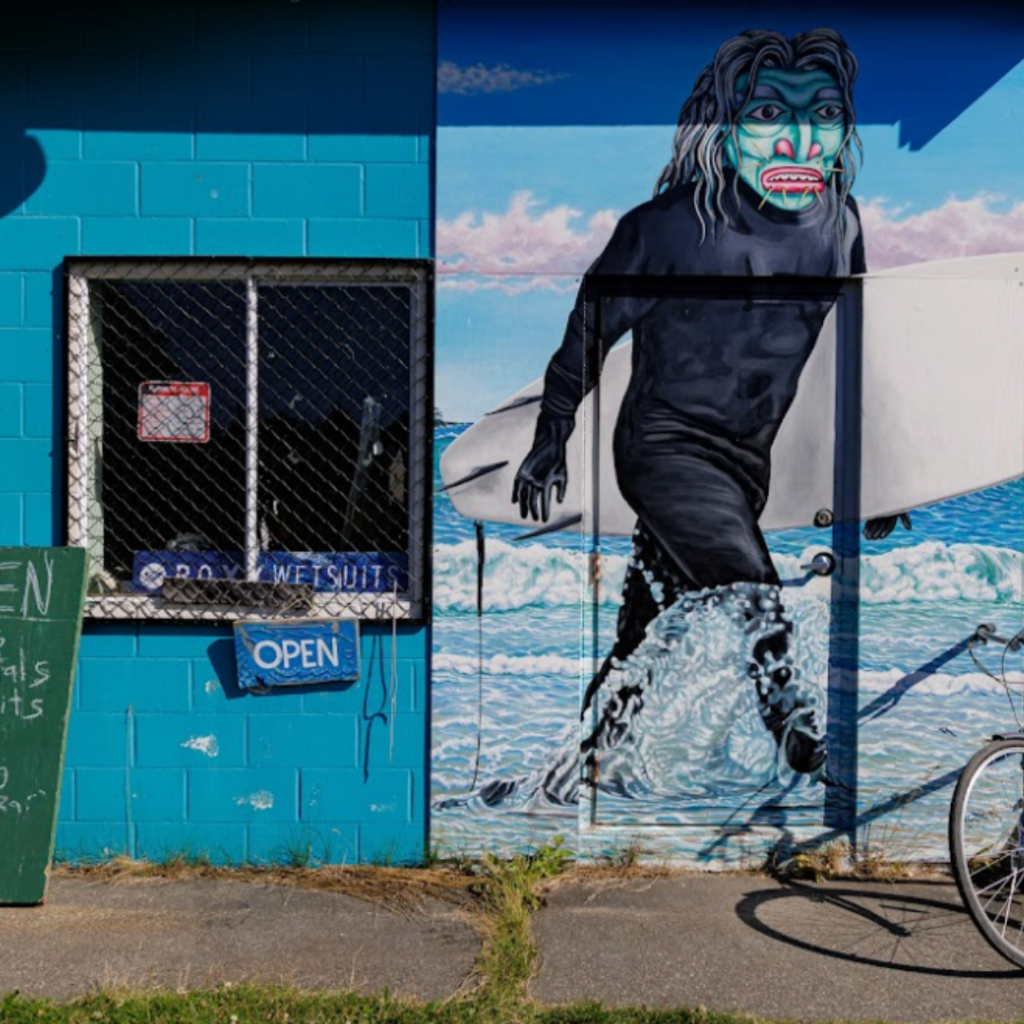
North Coast Communities
The North Coast is home to more than 42,000 people, with the majority living in the communities of Kitimat, Prince Rupert, and Terrace. This area includes the marine traditional territories of various First Nations, including member nations of the marine protected area network planning process – Gitga’at, Gitxaała, Haisla, Kitselas, Kitsumkalum, and Metlakatla First Nations. The area also includes lands covered by the Nisga’a Treaty.
Central Coast Communities
About 3,500 people live adjacent to the Central Coast, mainly in the communities of Bella Bella, Bella Coola, Klemtu, Ocean Falls, Shearwater, and Kitit (Rivers Inlet). This area covers the traditional territories of several First Nations that have stewarded the lands and waters for millennia. First Nations involved in the marine protected area network planning process include the Heiltsuk, Kitasoo / Xai’xais, Nuxalk and Wuikinuxv First Nations.
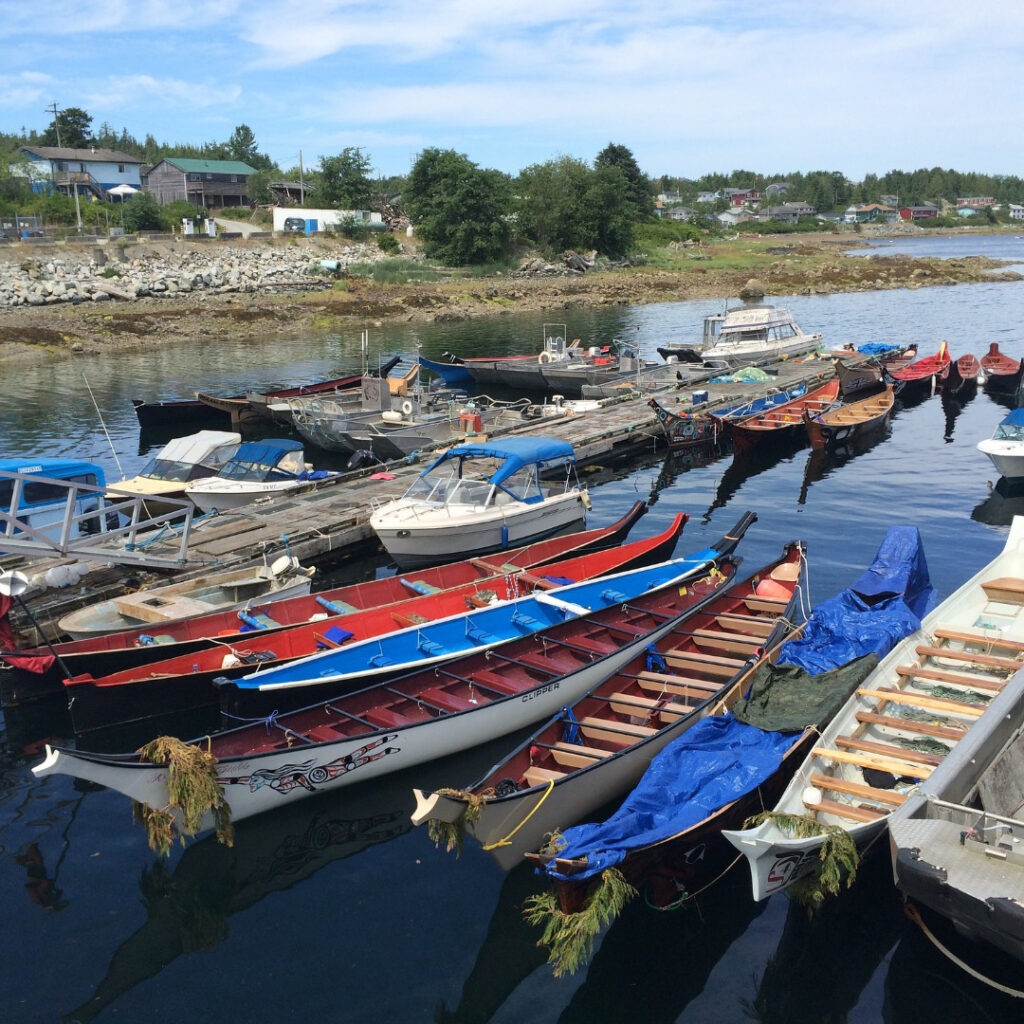
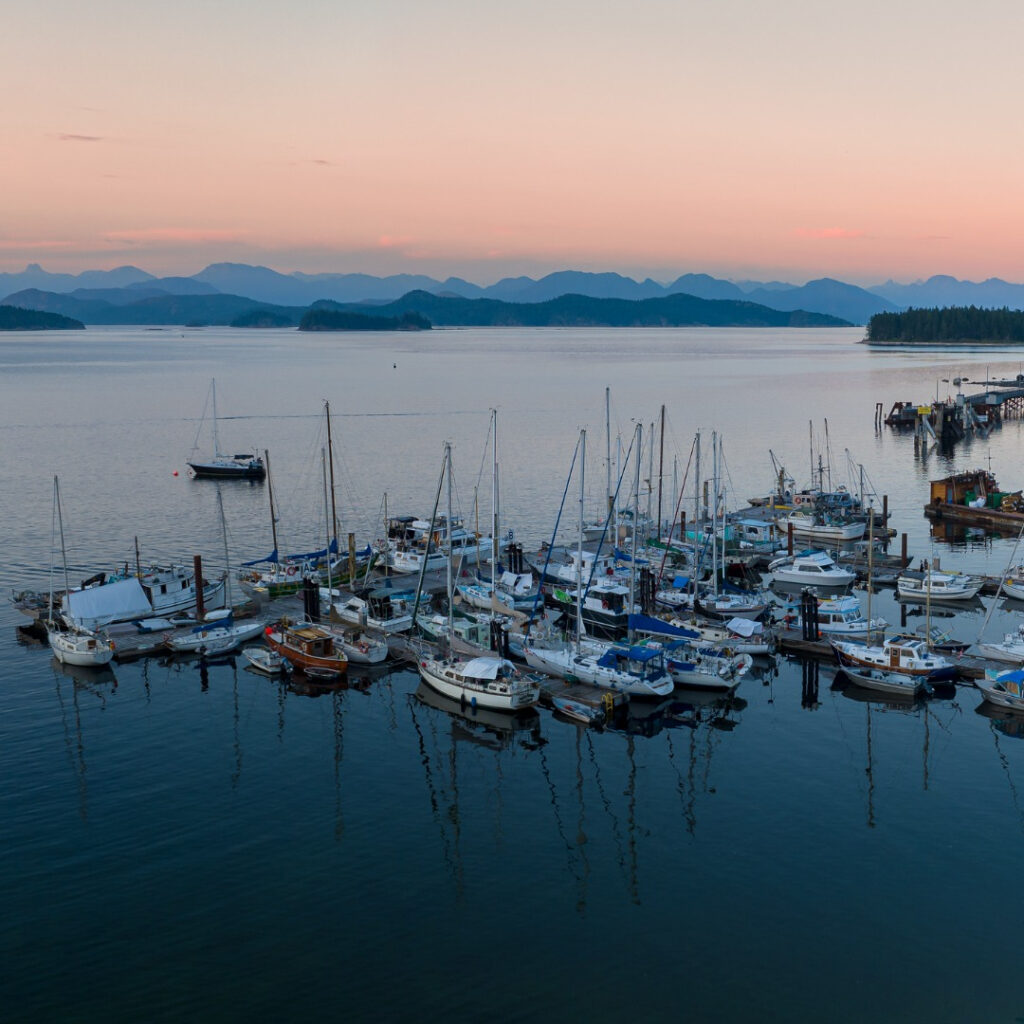
North Vancouver Island Communities
The North Vancouver Island area is home to roughly 40,000 people. Major communities include Port Hardy, Port McNeill, Alert Bay, Sayward and Campbell River. The area covers the traditional territories of the Kwiakah, Mamalilikulla, Tlowitsis, Da’naxda’xw-Awaetlatla, Wei Wai Kum and the K’ómoks First Nations – all partners in the marine protected area network planning process – as well as several neighbouring Nations with strong connections to the sea.
The Blue
ECONOMY
The “blue economy” (economic sectors with links to the ocean and coasts) includes fisheries, tourism, and shipping. To benefit coastal communities, these industries depend on a healthy ocean. Growing the blue economy requires a commitment to ocean protection.
Commercial fisheries contribute $1.5 billion per year to the BC economy. They require healthy and abundant fish stocks. Over decades of commercial fishing harvesting, fish stocks in BC are at much lower levels of abundance than they were historically. Commercial fisheries can result in overharvesting and destructive practices that deplete stocks, destroy fish habitats, and endanger the longevity of fisheries.
Well managed marine protected areas can quadruple fish populations in only a decade and increase the abundance and body size of commercially-targeted species. With the “spillover effect”, these larger and more numerous fish move from protected areas replenishing neighbouring fishable waters.
BC has a reputation for being one of the greatest sport fishing destinations in the world. About 300,000 license holders participate in tidal recreational fishing on the coast. The most important recreational fishing species are Pacific salmon and bottom fish like halibut. Marine protected areas can help provide healthy and abundant populations of fish for this sector and be a key economic driver.
Watch: Fishing BC Presents: Exploring Port Hardy on Northern Vancouver Island.
The remote wilderness, unique culture, and spectacular ocean vistas of the Pacific coast attract visitors from around the world. Coastal tourism – including Indigenous-led tourism – is one of the fastest growing sectors in the BC economy. The $5.8 billion in annual revenue that nature-based tourism and recreation brings in directly depends on healthy coastal ecosystems.
For example, the Kitasoo Xai’xais Nation-owned and operated Spirit Bear Lodge employs nearly 10% of the local Central Coast population, particularly youth.
Watch: Spirit Bear.
Transportation is the largest sector of BC’s blue economy, bringing in $5.9 billion a year. The remote coastal communities in the Great Bear Sea region rely heavily on marine transportation for travel and access to goods and services. However, marine vessels impact ocean ecosystems with a number of stressors, including air and water pollution, marine accidents and spills, underwater noise, whale strikes, and ocean dumping. Well managed marine protected areas can reduce these impacts within their boundaries and help contribute to the use of better shipping practices elsewhere.

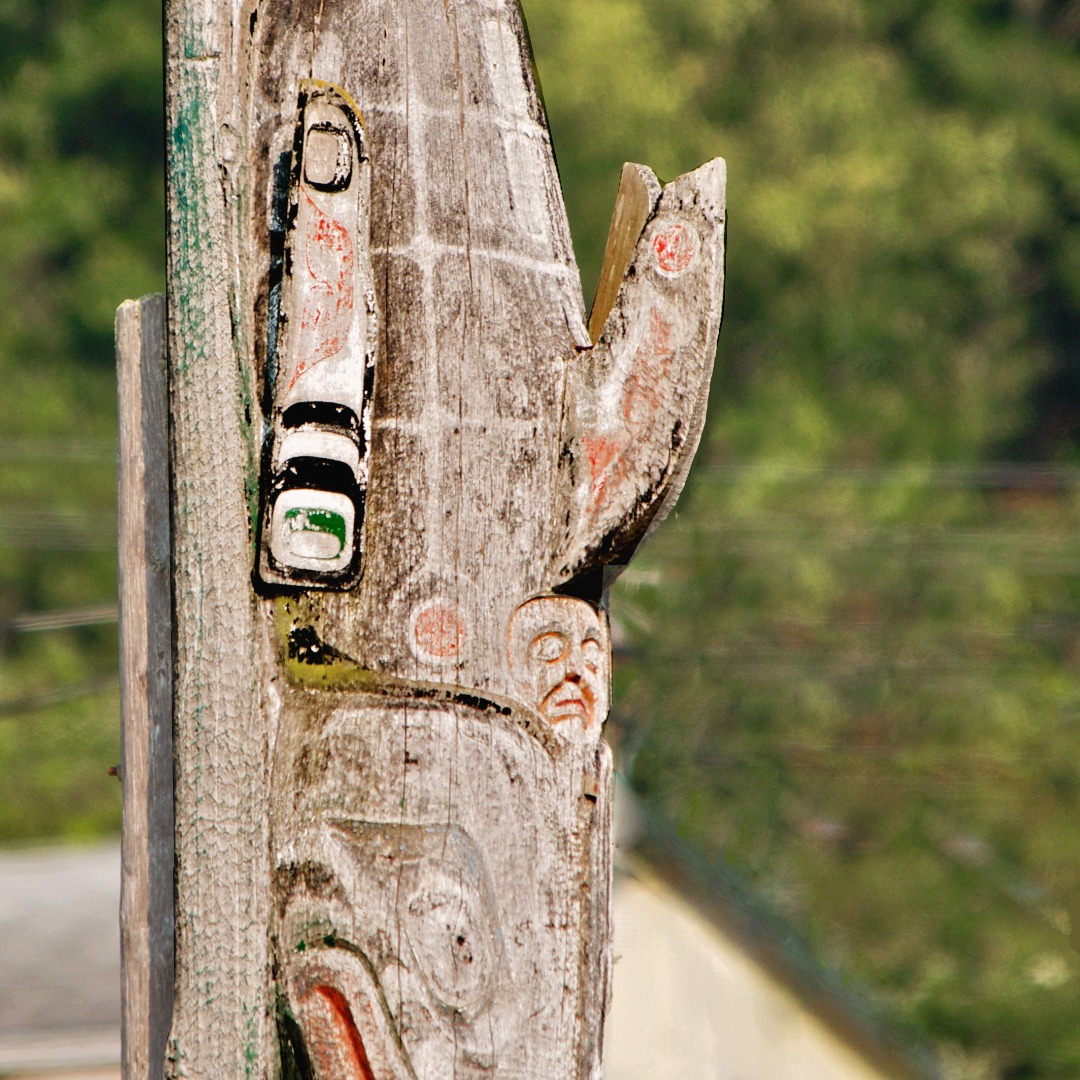
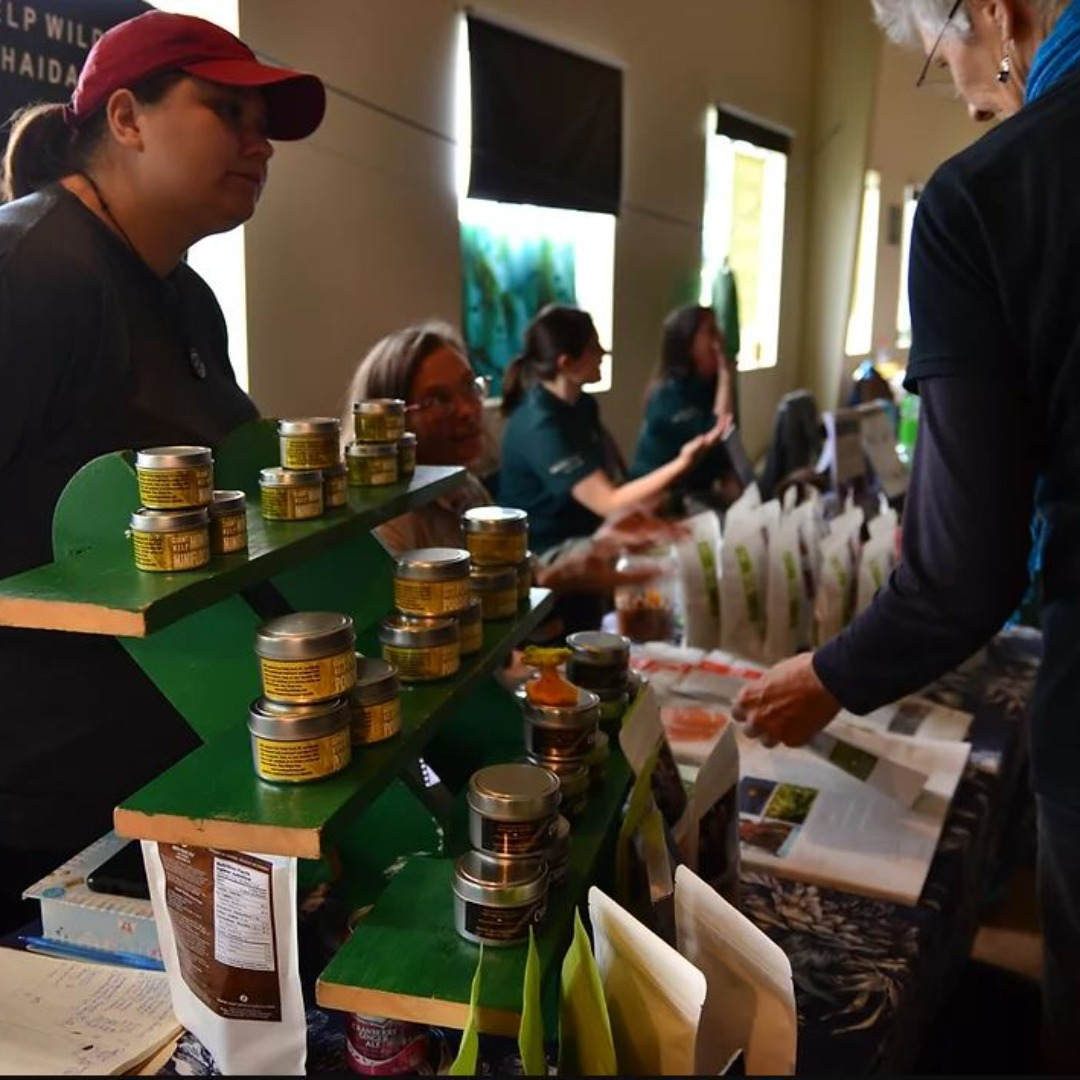
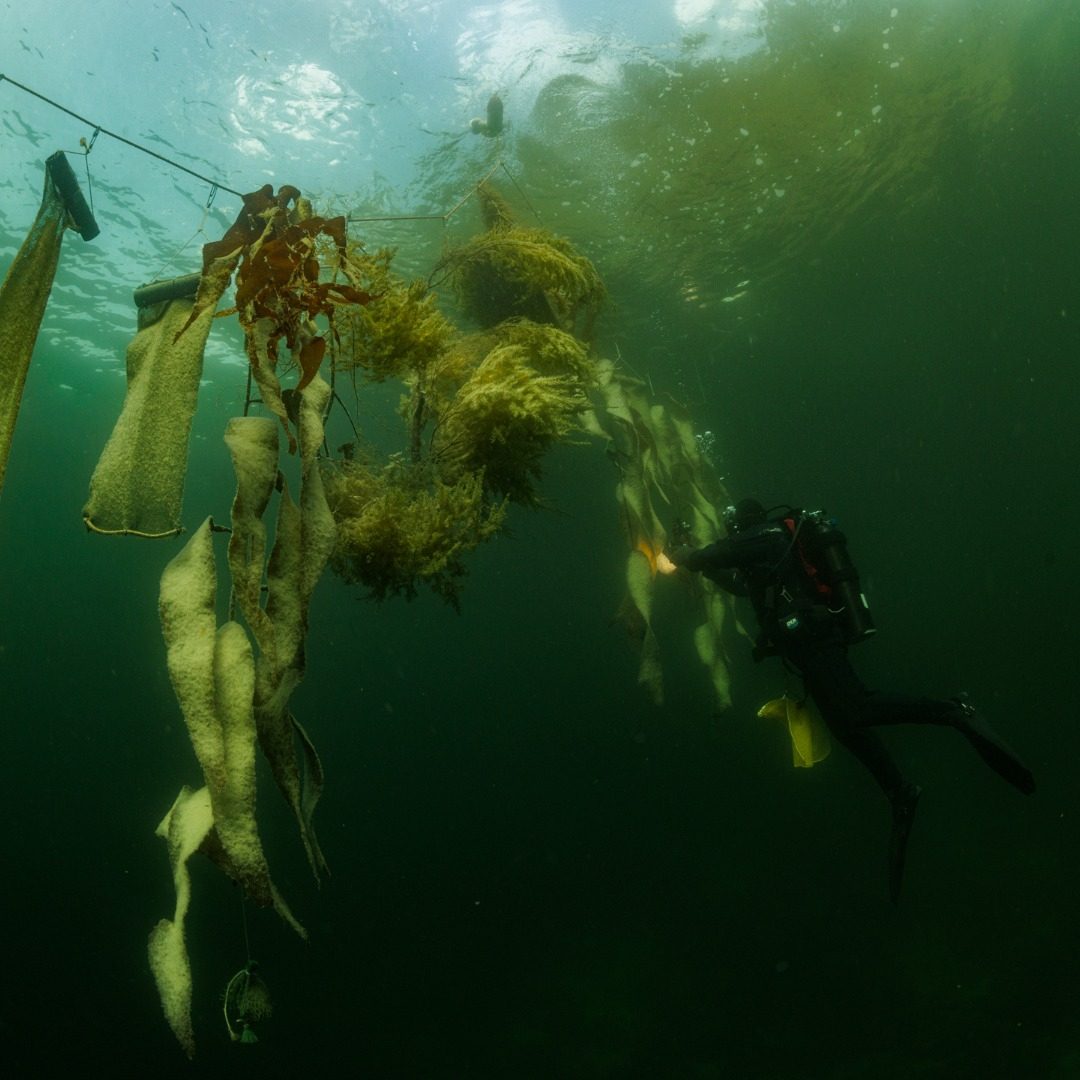
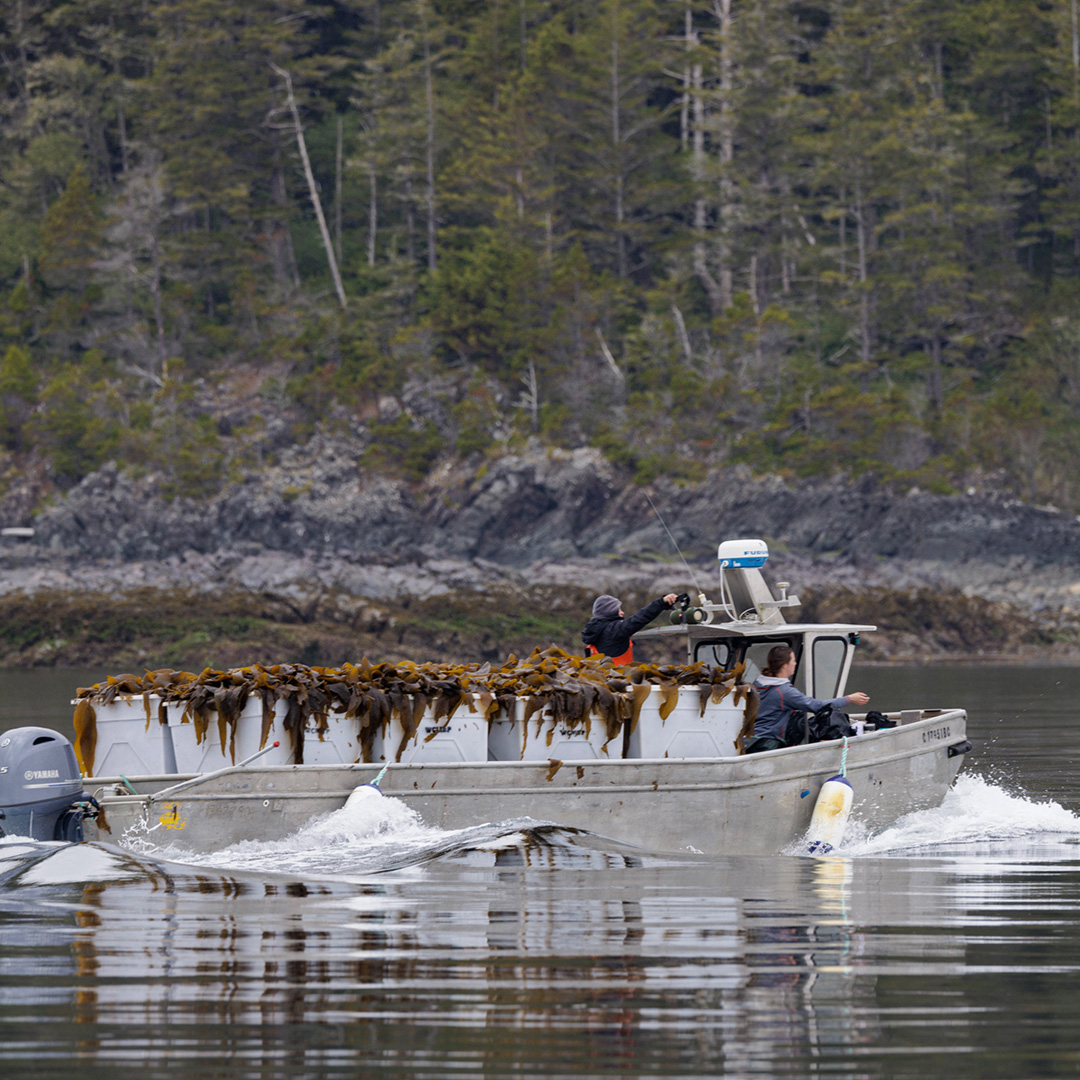
Food from
THE SEA
The ocean has always been an important and reliable source of food for people living along the Great Bear Sea region. Food from the sea is not only delicious; it’s also high in protein and packed with micronutrients that are not readily found in land-based foods.
Indigenous communities have always sustained themselves on the abundance of these marine waters. Each season brings new fish, shellfish, and seaweed to harvest – renewing a deep connection to the sea and the species that are vital to community health and wellbeing. Protecting marine resources is essential in preserving this harvesting cycle that goes back thousands of years.
Food has always been part of the human story and a way to connect with others. Since 2015, the local, grassroots Sandspit Wild Harvest Festival in Haida Gwaii has been bringing people together to share and exchange knowledge about the foraging of wild plants, animals and marine life for food, medicine, and other uses.
Indigenous Nations have sustainably harvested herring roe, tiny fish eggs, for thousands of years. The fish eggs are collected from kelp or hanging tree branches in areas where herring spawn.
Shellfish have always been a staple food source for coastal First Nations. Razor clams are abundant on the exposed, wavy and sandy beaches on the North Coast of Haida Gwaii, where harvesting them has been an important cultural practice for thousands of years.
Indigenous chef Roberta Olsen from “Keenawii’s Kitchen”, named after her Haida name ‘Keenawii’, offers her guests a cultural experience through the sharing of an authentic Haida meal. Each meal features multiple courses and traditional Haida foods cooked with ingredients that have been grown or caught on Haida Gwaii, including seafood like dried seaweed, salmon, and herring eggs on kelp.
First Nations have harvested kelp in this area from time immemorial. Traditional practices are still used today to collect herring eggs and hunt animals living in kelp forests. Certain types of kelp are also harvested for commercial uses. They offer a sustainable alternative ingredient in fertilizers, food additives, and cosmetics.
RECREATION & OUTDOOR ACTIVITIES
Coastal and marine areas in the region provide excellent opportunities for adventure and recreation, including scuba diving, sport fishing, surfing, wildlife watching, sailing and boating. These nature-based activities play an important part in maintaining our physical, mental and emotional health. For many people, these experiences form our strongest connection to nature.
WILDLIFE EXPERIENCES
WHALE WATCHING
SURFING
Haida Gwaii offers excellent surfing experiences for those brave enough to venture into its frigid waters. A crowd favorite is North Beach, which is beloved by locals and visitors for its fun waves, uncrowded beaches, and dramatic scenery. With surfing growing in popularity both nationally and internationally, Haida Gwaii remains one of the best and most remote surf destinations in Canada.
Watch: Surfing in Haida Gwaii.
KAYAKING
Kayaking provides the ultimate vantage point to explore these waters and all the wilderness and cultural heritage they have to offer. BC Marine Trails offers simple, practical resources to guide paddlers, from novices to experts, in exploring the coastline safely, sustainably, and respectfully.

DIVING
CANADA'S LARGEST
GHOST TOWN
The coast provides tourists with many outdoor adventure options. One of the most peculiar and eerie is a tour of Anyox – Canada’s largest Ghost Town. On the coast of the Observatory Inlet, Anyox is a quintessential example of a once thriving mining town turned abandoned ghost town, offering visitors a glimpse of the boom-and-bust cycle of BC’s early mining history.
marine stewardship
Collaborative
STEWARDSHIP
First Nations have stewarded the lands and waters of the North Pacific Coast for thousands of years, according to their own laws and knowledge systems. Today, many First Nations work collaboratively with federal and provincial governments to advance conservation and sustainable resource management in the region and other parts of Canada. This includes collaborative efforts to develop Canada’s first-ever marine protected area network in the Great Bear Sea region.
Email us at [email protected] to let us know about other marine stewardship initiatives in the Great Bear Sea.
The North Pacific Coast is a vast area that faces a number of threats, including illegal forestry, recreation, fishing and hunting. The Coastal Guardian Watchmen play a critical role in stewarding these areas under Indigenous law, ensuring resources are sustainably managed, that rules and regulations are followed and that land and marine use agreements are implemented effectively.
Funded by the Province of BC in partnership with coastal communities and Indigenous Peoples, the Clean Coast, Clean Waters initiative aims to reduce plastic pollution, support healthy marine environments and create new jobs. To date, the initiative has already removed more than 1,000 tonnes of debris, including more than 250 tonnes of derelict vessels (86 vessels). The initiative has also recycled or upcycled 65% of material recovered from shoreline projects and cleaned nearly 4,000km of shoreline.
The Haida Nation was first to designate the Gwaii Haanas Haida Heritage Site in Haida Gwaii, including the marine area of what is now designated Gwaii Haanas National Marine Conservation Area Reserve (NMCAR) under Canadian legislation. Through the Gwaii Haanas Marine Agreement (2010), the Haida Nation partnered with the Government of Canada in the establishment of Gwaii Haanas NMCAR. The agreement expresses respect for Canadian and Haida interests and designations, and includes a mutual commitment to protect Gwaii Haanas. The 42-foot Gwaii Haanas Legacy Pole on Lyell Island honors this ground-breaking achievement of cooperative management.
First Nations and other coastal communities are investing in the protection and restoration of salt marshes, eelgrass meadows, and kelp forests. These are known as “blue carbon habitats” because they store vast amounts of carbon that would otherwise be released into the atmosphere.
Eulachon plays an important role in the health and cultural well-being of many coastal First Nations. Aside from food, First Nations make grease from the oily fish, which is also known as “candlefish” because First Nations used the dried fish as a torch at night. The Nuxalk Sputc (Eulachon) Project aims to restore eulachon to historic populations and revitalize the cultural practices tied to it.
In a precedent-setting example of collaborative governance in action, First Nations on the Central Coast engaged with federal officials to close key fishing locations to enable Dungeness crab populations to recover. The species is culturally significant for the Nations.
Salmon are integral to the well-being of coastal ecosystems and communities, from feeding bears to nurturing forests and sustaining livelihoods, cultures and traditions. Coastal Guardian Creekwalkers aim to learn more about salmon populations (and recent declines), by visiting streams multiple times during spawning to count fish and provide detailed assessments of salmon returns.
Email [email protected] to let us know about other marine stewardship initiatives in the Great Bear Sea.
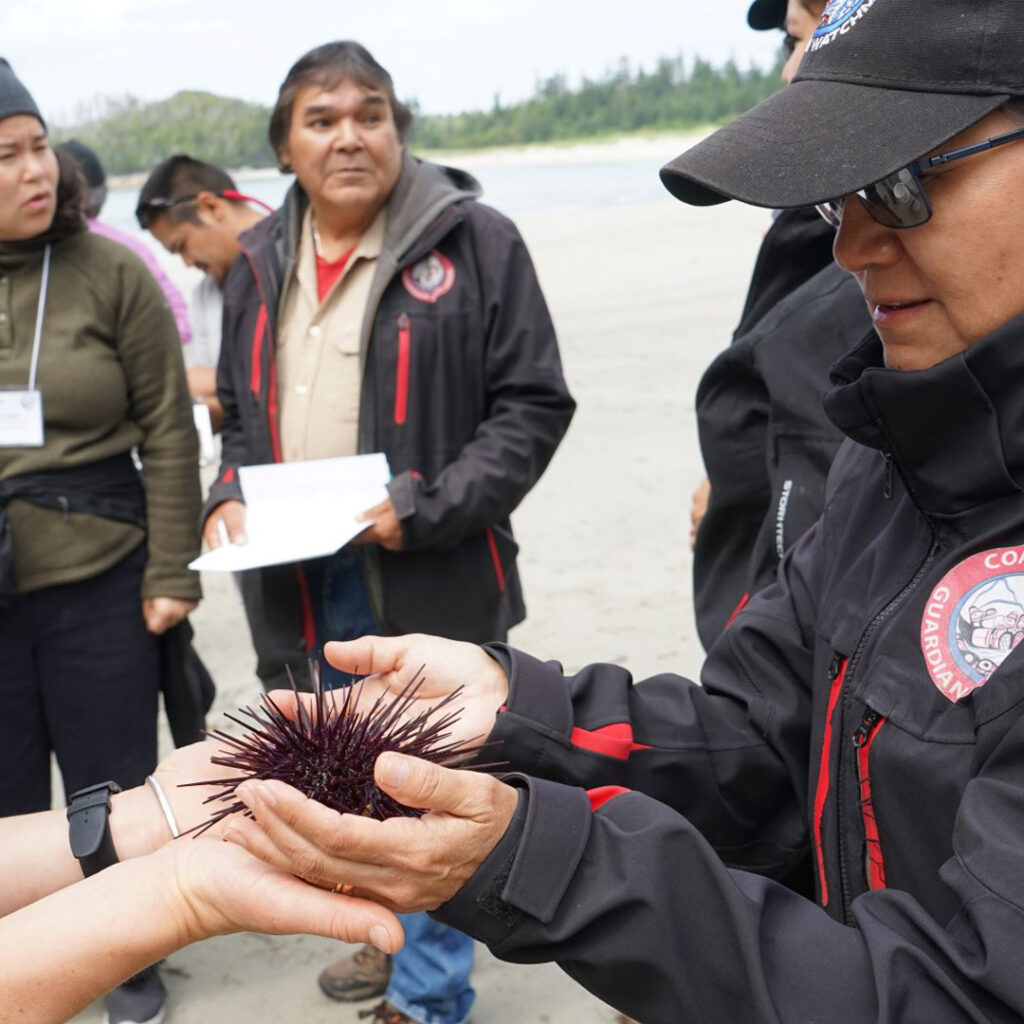
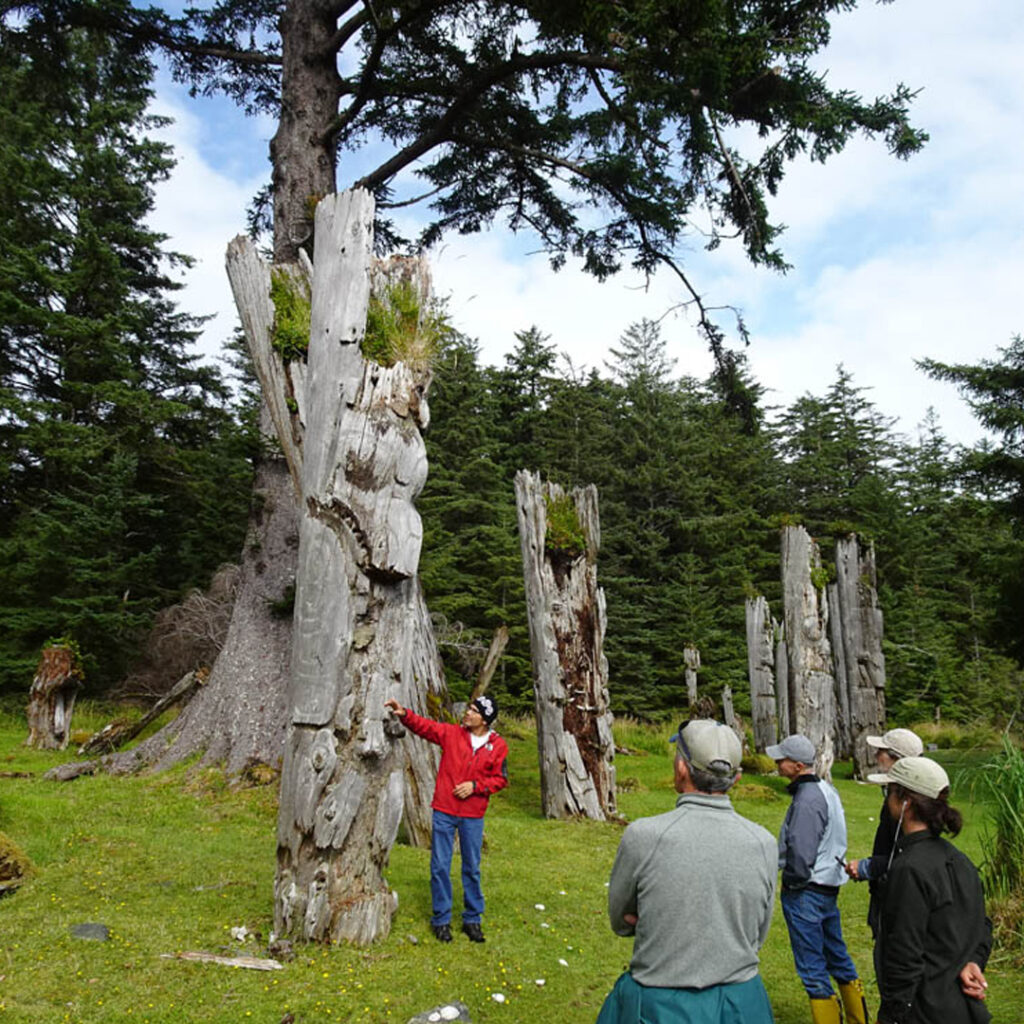
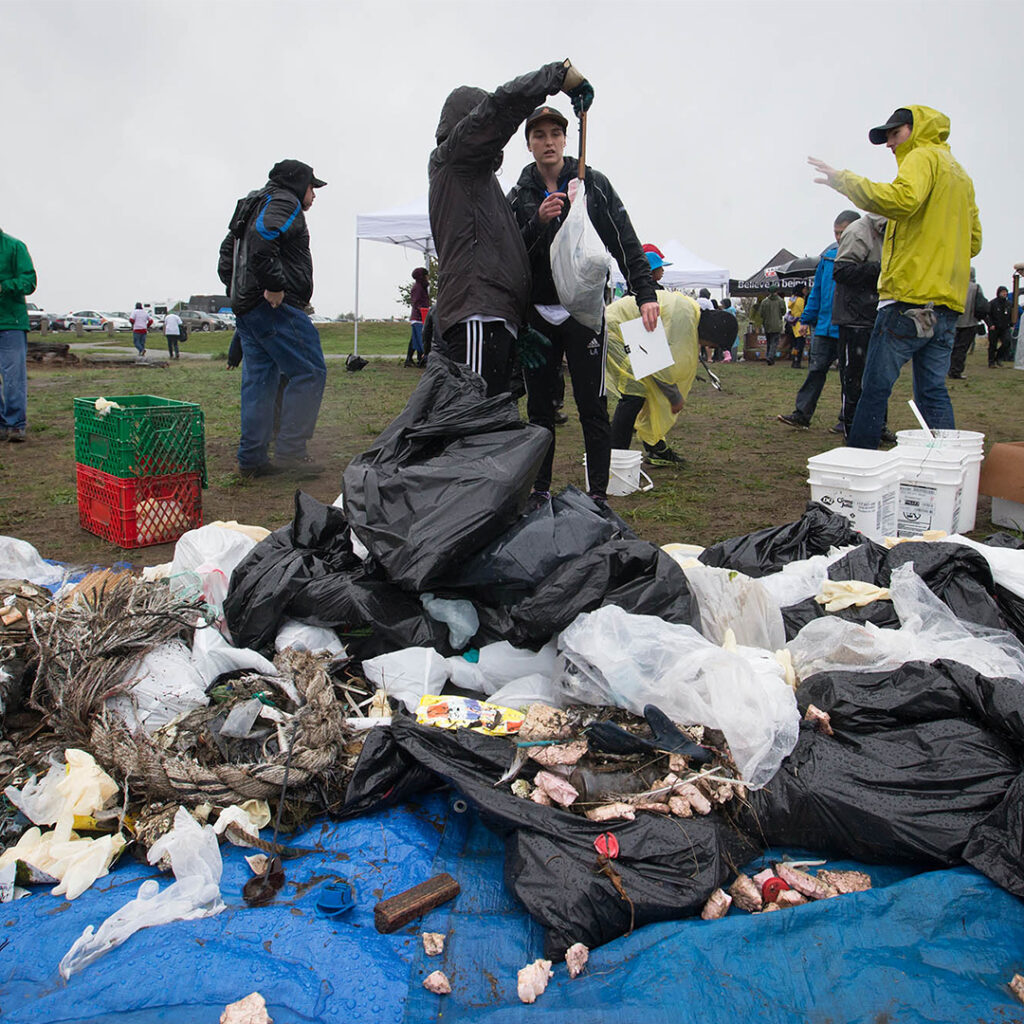
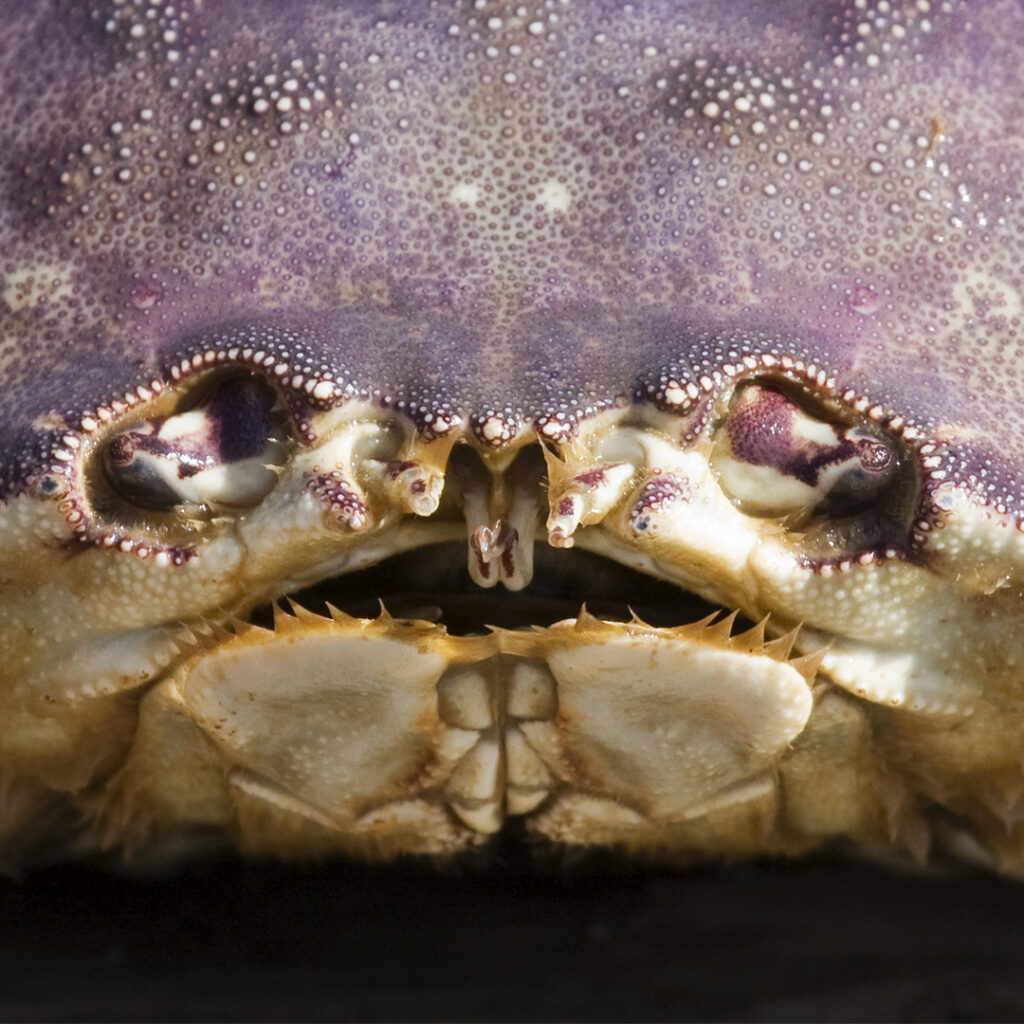
Collaborative Research

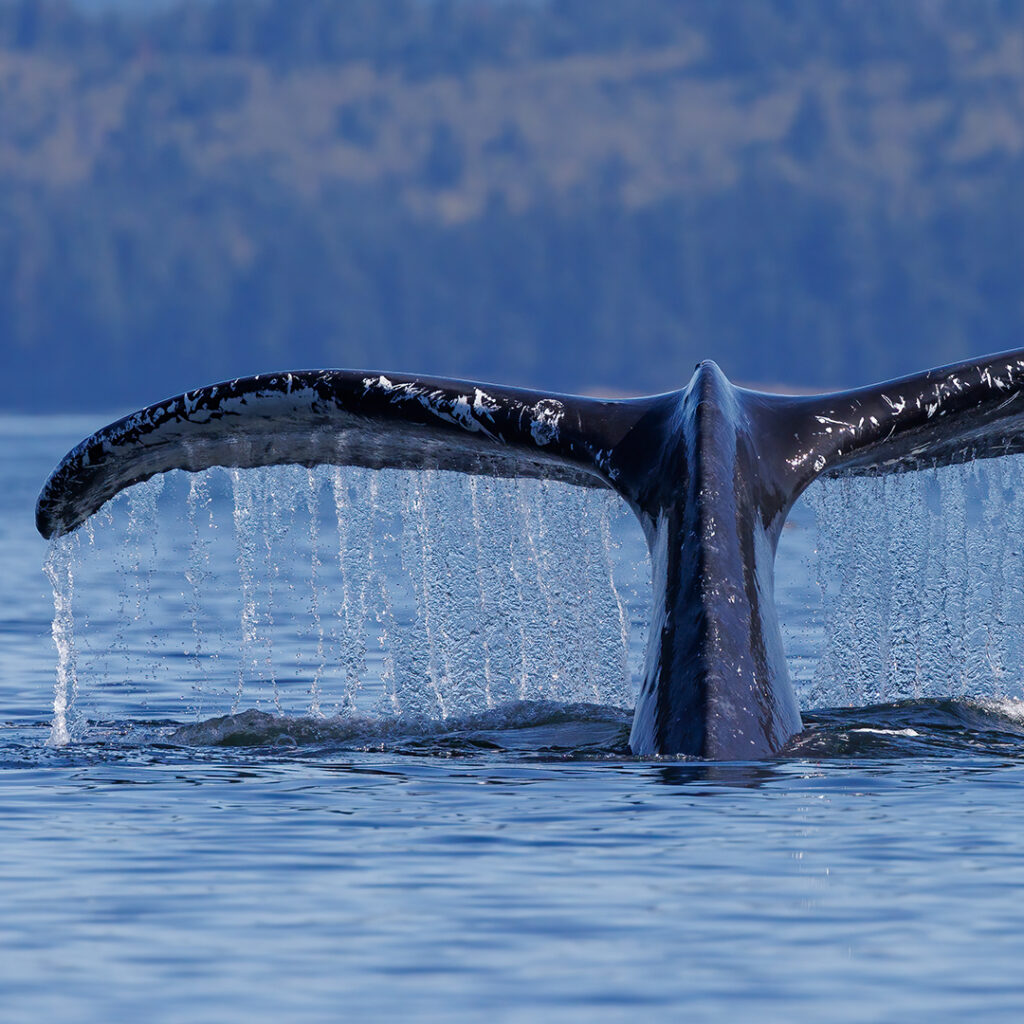
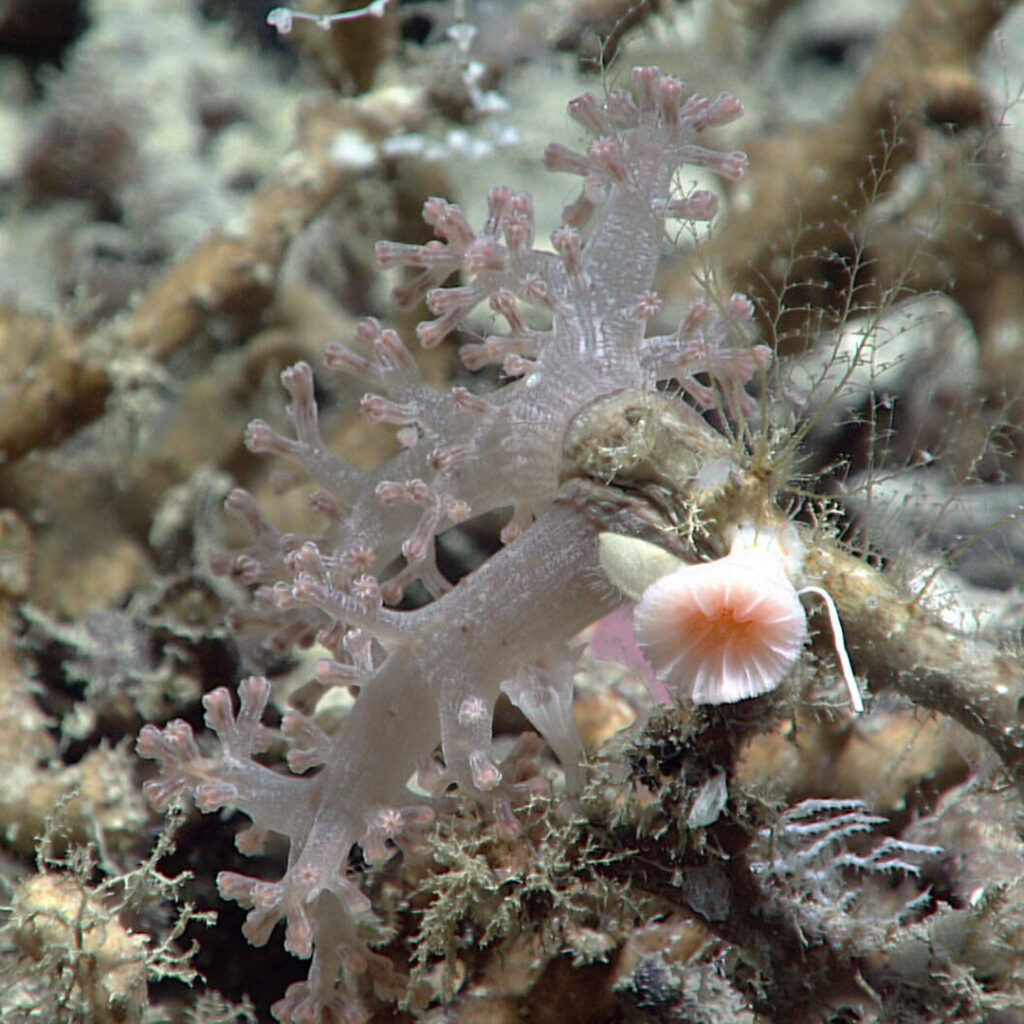

Humpback
RESURGENCE
Humpback whales are making a comeback along the North Coast. The Gitga’at First Nation and whale researchers are working together to learn how to keep those surging populations healthy.
Coral Reef
DISCOVERY
In May 2021, a long-term research partnership between Central Coast First Nations and Fisheries and Oceans Canada discovered a coral reef in Finlayson Channel – the first coldwater coral reef to be identified along the North Pacific Coast. Previously thought to be extinct in this region, it’s the first intact Lophelia pertusa reef found in Canada’s Pacific.
Rockfish
RESEARCH
Rockfish have been fished as a reliable food source for centuries by First Nations. It’s now an important fishery for coastal BC. Collaborative research between Central Coast First Nations and others has led to increased knowledge and better management practices of this culturally important species.
Kelp
MONITORING
Kelp species are sentinels of the health of marine environments. Monitoring kelp is critical to informing decision-making in marine conservation and management. The Regional Kelp Monitoring Project brings together experts from various collaborating initiatives to monitor the extent and condition of kelp forests across these waters.
The Benefits of a Marine
PROTECTED AREA NETWORK
Creating marine protected areas, and networks of MPAs that are strong, permanent and well-regulated is an essential step toward a healthy ocean. Let’s take a closer look at how marine protected areas and their networks can benefit both the ocean life within it and the communities that border them.

